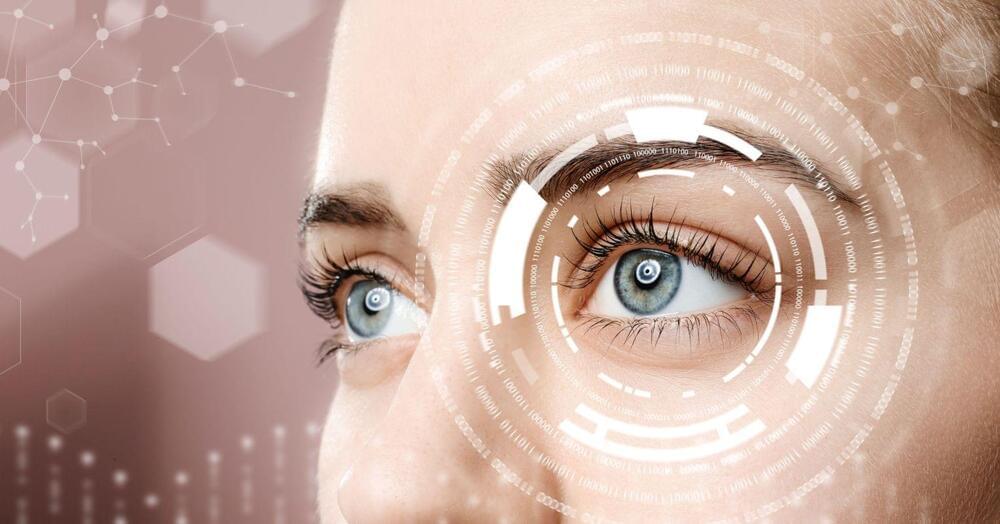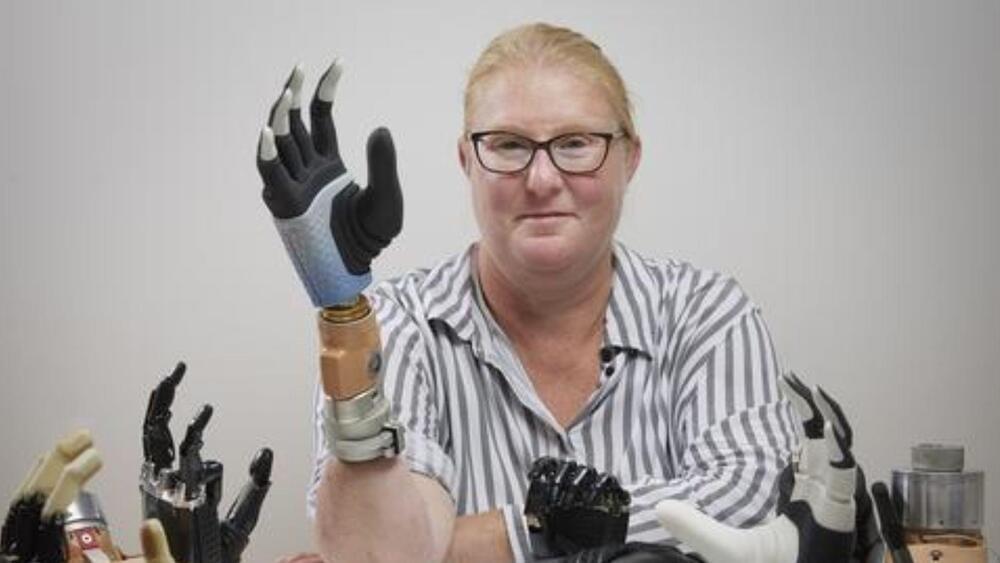Here is how the brain adapts to diverse styles.



Summary: Researchers unveil the medial septum’s pivotal role in orchestrating memory storage and recall through managing rapid brain wave cycles in the hippocampus. Employing various research methodologies, including optogenetics, the team observes how gamma oscillations, embedded in theta rhythms, facilitate seamless switching between memory encoding and retrieval.
These fast and slow gamma waves, crucial for memory functions, are dictated through two primary pathways via the medial septum, showcasing a sophisticated coordination in memory processes. This insight illuminates potential avenues for understanding and eventually addressing memory-related illnesses like dementia.

The brain is an evolutionary marvel. By shifting the control of sensing and behavior to this central organ, animals (including us) are able to flexibly respond and flourish in unpredictable environments. One skill above all—learning—has proven key to the good life.
But what of all the organisms that lack this precious organ? From jellyfish and corals to our plant, fungi, and single-celled neighbors (such as bacteria), the pressure to live and reproduce is no less intense, and the value of learning is undiminished.
Recent research on the brainless has probed the murky origins and inner workings of cognition itself, and is forcing us to rethink what it means to learn.

It might sound scary, but it has given the first recipient a new lease on life, with more independence and lesser dependence on pain medication.
A collaborative effort of researchers from Italy, Australia, Sweden, and the US has led to the development of a bionic arm that can fuse with the bones and work with the neurons in the body to deliver high functionality, a press release said.
In a farming accident twenty years ago in Sweden, Karin lost her right arm. She was given a conventional prosthesis that she found not only uncomfortable but also unreliable. Karin did not find the prosthesis was helping her carry on with her routine life in a meaningful way.

Prof. Donald Hoffman talks to Essentia Foundation’s Hans Busstra about his theory of conscious agents, according to which space and time are cognitive constructs in consciousness, not an objective scaffolding of the world outside. The interview also touches on Prof. Hoffman’s personal history and life, bringing the warmth of his humanity to the academic rigor of his theories.
00:00 Intro: Beyond the spacetime headset.
03:32 About Donalds personal background.
07:35 On the importance of mathematics.
13:22 Quantum theory and spacetime.
19:24 Why exactly is spacetime ‘doomed’?
24:34 Did physics ‘encounter’ consciousness in quantum theory?
32:49 On heavy vs light metaphysical claims.
37:36 How is your theory affecting your personal life?
42:17 Is The Matrix a good metaphor?
46:38 How can the space time interface affect consciousness?
53:09 What makes you say that if spacetime is not fundamental, consciousness must be fundamental?
55:44 Physicalism fails to give an accurate model of consciousness… 1:00:24 How can we put the spacetime headset off? 05:39 Beyond the spacetime fantasies of Christopher Nolan and the Matrix… 1:09:27 The ontology of conscious agents 1:15:05 Are meditation and psychedelics ‘hacks’ in the interface? 1:21:41 Should we revalue religious and mystic literature? 1:29:54 Could idealism as a worldview help us better solve the challenges humanity faces? 1:34:23 The role of mathematics in bringing together science and spirituality Copyright © 2022 by Essentia Foundation. All rights reserved. https://www.essentiafoundation.org.
1:00:24 How can we put the spacetime headset off?
05:39 Beyond the spacetime fantasies of Christopher Nolan and the Matrix…
1:09:27 The ontology of conscious agents.
1:15:05 Are meditation and psychedelics ‘hacks’ in the interface?
1:21:41 Should we revalue religious and mystic literature?
1:29:54 Could idealism as a worldview help us better solve the challenges humanity faces?
1:34:23 The role of mathematics in bringing together science and spirituality.
Copyright © 2022 by Essentia Foundation. All rights reserved.

Of course, this study was performed on a relatively small group of individuals in an agricultural community, which is not the environment that most American teenagers grow up in. These links may also be due to some other confounding factors, like spending more time on the farm than in formal education. However, these results are still striking and important to consider for young people in farming communities (and non-farming communities) around the world.
“Many chronic diseases and mental-health disorders in adolescents and young adults have increased over the last two decades worldwide, and exposure to neurotoxic contaminants in the environment could explain a part of this increase,” senior author Jose Ricardo Suarez, an associate professor in the Herbert Wertheim School of Public Health, said in a statement.
“Hundreds of new chemicals are released into the market each year, and more than 80,000 chemicals are registered for use today,” Suarez added. “Sadly, very little is known about the safety and long-term effects on humans for most of these chemicals. Additional research is needed to truly understand the impact.”

https://soundcloud.com/bergscloud/
Music promoted by https://www.chosic.com/free-music/all/
Creative Commons CC BY-SA 3.0
https://creativecommons.org/licenses/by-sa/3.0/

The world’s largest study on light exposure and its impact on mental health, with almost 87,000 participants, has found that increased exposure to light at night increases a person’s risk for psychiatric disorders such as anxiety, bipolar and PTSD severity as well as self-harm. Importantly, the study also found that increasing exposure to daytime light can act like a non-pharmacological means for reducing psychosis risk.
In those exposed to high amounts of light at night, the risk of depression increased by 30%—while those who were exposed to high amounts of light during the day reduced their risk of depression by 20%. Similar patterns of results were seen for self-harm behavior, psychosis, bipolar disorder, Generalized Anxiety Disorder, and PTSD. These findings indicate that the simple practice of avoiding light at night and seeking brighter light during the day could be an effective, non-pharmacological means of reducing serious mental health issues.
The study, led by Associate Professor Sean Cain, from the Monash School of Psychological Sciences and the Turner Institute for Brain and Mental Health in Melbourne, Australia, is published today in the journal, Nature Mental Health.